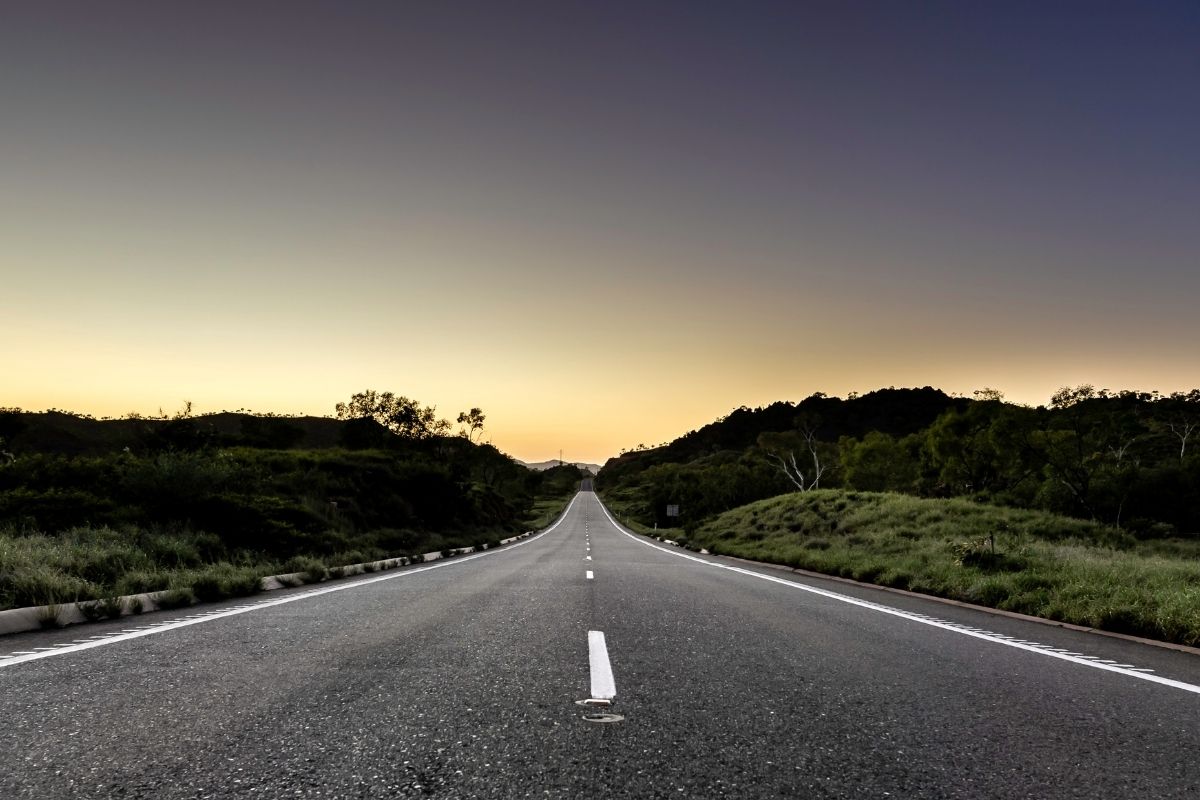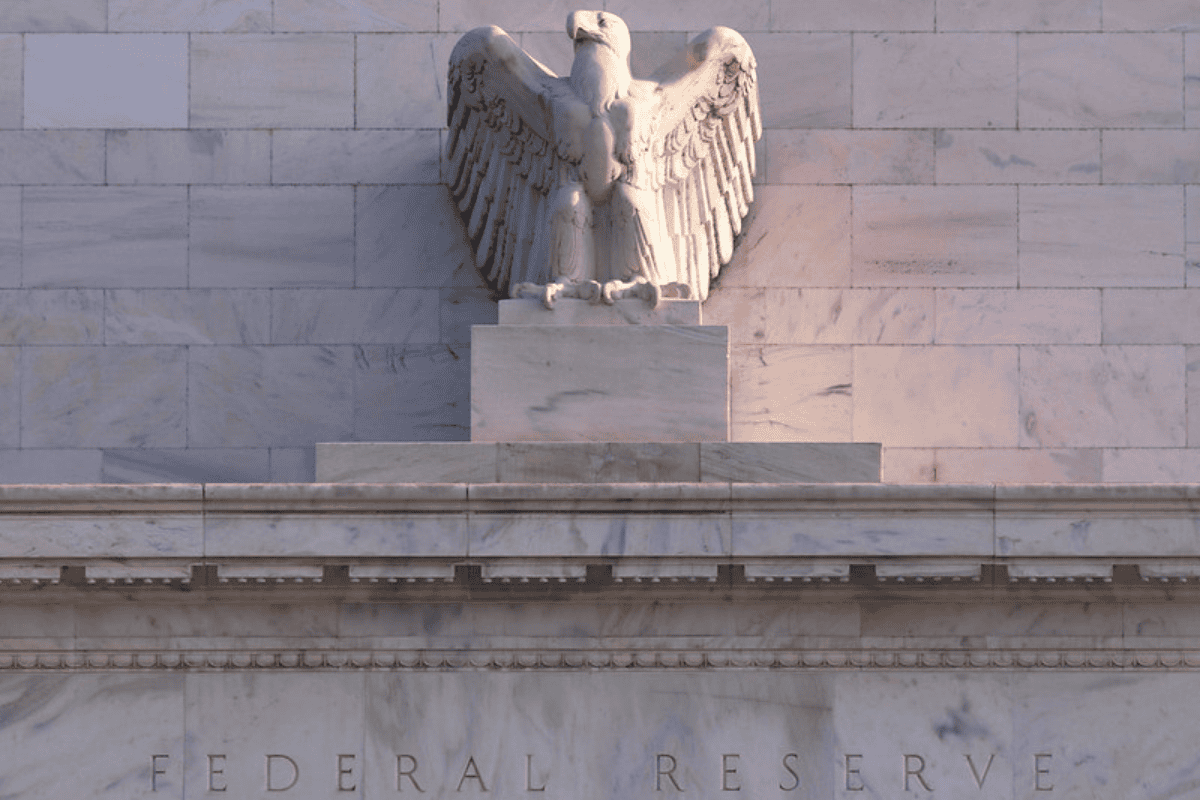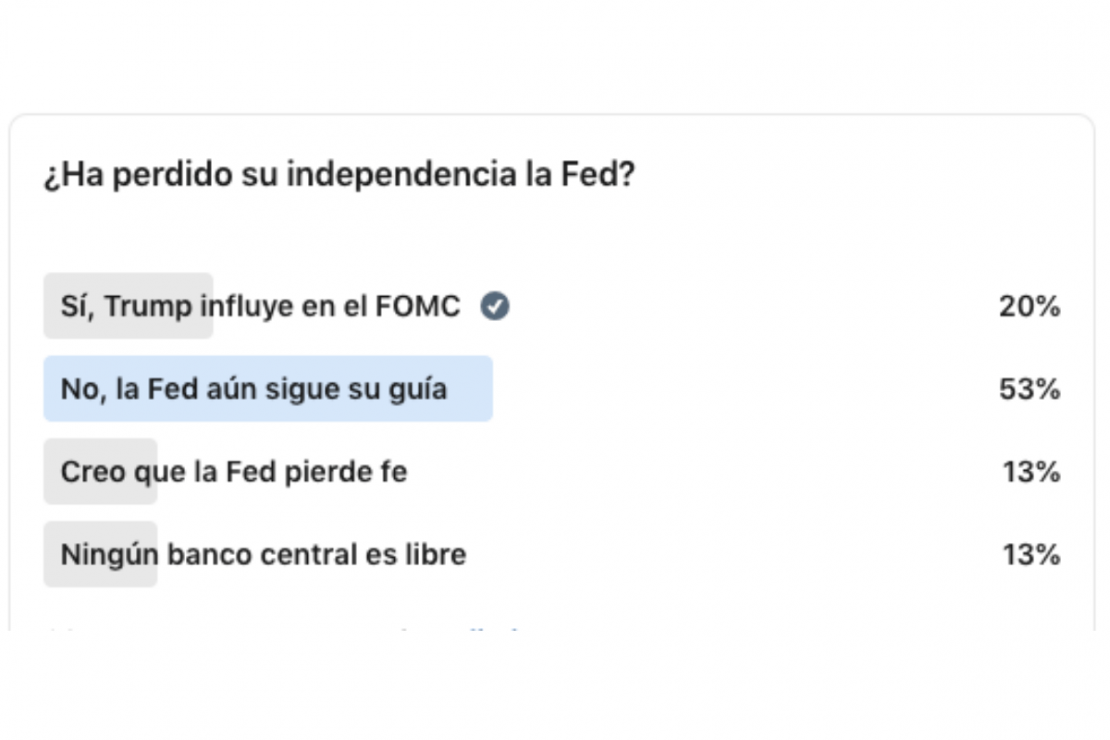Latin America Heads Toward 2026 Amid a Full Political Recalibration Process
| By Amaya Uriarte | 0 Comentarios

“Latin America enters 2026 navigating a complex mix of political recalibration that could shape investor confidence across the region.” That is the assessment from a team of professionals in the Research division at J.P. Morgan, who in a recent report outlined the shifting political landscape in the region and the challenges faced by its leading economies.
According to the U.S. investment bank, Latin America’s electoral cycles are redefining political priorities amid limited fiscal space in most countries. “While markets are selectively rewarding governments that demonstrate predictability and structural reform, the region’s institutional stress points continue to frame macroeconomic outlooks,” the report states.
Three of the region’s main economies—Peru, Colombia, and Brazil—will hold presidential and legislative elections next year, placing politics at the center of investors’ attention.
Peru to Elect a New President
Two of the main Andean economies and the regional heavyweight will head to the polls next year. First up is Peru, which will hold elections in April, after seeing yet another president exit office this year: Dina Boluarte, whose controversial term began with the impeachment of her predecessor, Pedro Castillo, in 2022.
In this regard, J.P. Morgan notes that the end of the year has been defined by “the same contradiction that has marked Peruvian politics for most of the past decade: macroeconomic stability and institutional fragility.” The bank emphasized that Boluarte’s departure has had little impact on economic activity, with growth holding near 3%, inflation anchored at relatively low levels, and credibility maintained on the monetary front.
However, the report highlights a deterioration in the fiscal outlook. “A series of spending-focused initiatives in Congress threaten to widen the deficit to 5% of GDP,” the firm noted, adding that rather than an immediate crisis, the greater risk lies in a gradual erosion of the risk premium. “Investors still view Peru as a reliable macro story, but one increasingly vulnerable to government drift,” the report said, stressing that the challenge for the coming year is to restore fiscal discipline.
Colombia’s Fiscal Debate
In Colombia, where the first round of elections is scheduled for May 2026, J.P. Morgan pointed out that the country is heading into the vote with a pro-cyclical fiscal policy, rising debt levels, and growing inflation expectations. This combination, the firm warned, “leaves the country more sensitive to global financial volatility than in previous cycles.”
With public debt surpassing 60% of GDP and continued fiscal pressures, the political debate has become a contrast between fiscal consolidation plans and expanding social spending. In this context, the concern is not immediate instability, but rather the potential for a “gradual fiscal slippage in an election year.”
“Investors are looking for policy continuity signals from the leading candidates,” added J.P. Morgan.
Brazil Focuses on Security
Looking ahead to Brazil’s general elections in October 2026, the political dynamics shifted after a violent police operation in Rio de Janeiro at the end of October this year, during a period of heightened tension for President Luiz Inácio Lula da Silva. “Recent polls show that President Lula’s approval ratings have partially reversed the gains achieved between the second and third quarters, while support for potential center-right candidates has increased,” the firm noted in its report.
Public security and crime remain central to the national debate, the report said, with many considering it one of the country’s most pressing issues. However, the report also emphasized that it is still uncertain whether this focus on security will dominate campaign agendas or influence the election outcome.
Even so, as the October election approaches, J.P. Morgan expects the topic to retain its prominence in public discourse. It will likely, the firm noted, overshadow discussions of other structural challenges in the Brazilian economy—such as the lack of progress on supply-side reforms that could boost productivity and would require coordinated action across different branches of government.















